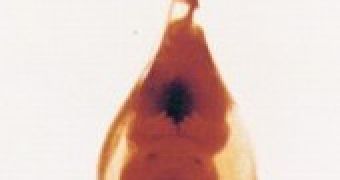In his bestselling book 'Freakonomics', Steven Levitt argues convincingly that the legalization of abortion in the United States contributed to a subsequent decline in crime rates.
However, in a thought-provoking new article from the 'Journal of Political Economy' - co-edited by Levitt-Cristian Pop-Eleches (Columbia University) - presents a case in which children born just after an abortion ban display "significantly better" educational and labor market achievements than children born just before the ban.
At one point, Romania had one of the most liberal abortion policies in the world. Abortions were the most widely used method of birth control and were provided free of charge by state health care. But in the fall of 1966, the country's communist dictator, Nicolae Ceausescu, issued a decree outlawing abortions and family planning, causing birth rates to double the next year.
"Urban, educated women working in good jobs were more likely to have abortions prior to the policy change," explains Pop-Eleches. "So a higher proportion of children were born into urban, educated households after abortion became illegal."
Comparing births from the months immediately before and after the abortion ban, Pop-Eleches found that children born just after abortion was outlawed were more likely to have finished high school and to work in a job requiring advanced skills.
"The apparently surprising result of superior educational and labor outcomes of children born after the abortion ban can be explained by changes in the composition of women having children," writes Pop-Eleches. "[The study] indicates that the positive effect due to changes in the composition of mothers having children more than outweighs all the other negative effects such a restriction might have had."
However, Pop-Eleches crucially accounts for the difference in short-term and long-term outcomes, suggesting that educated women in Romania changed their behavior more drastically as a result of the ban. While the proportion of educated mothers increased significantly immediately after the outlawing of abortion, educated women experienced the smallest fertility increases over the course of Romania's 23-year abortion ban. (Abortion was again legalized after the anti-communist revolution.)
Thus, according to Pop-Eleches, the restrictive policy disproportionately affected disadvantaged women and created telltale signs of the "unwantedness" effect - a rise in infant mortality and criminal behavior later in life.
Photo: preborn baby in his unraptured amniotic sac, six weeks after conception. The photo was taken by medical photographer, Robert Wolfe, in 1972, after surgery for an ectopic (tubal) pregnancy at the University of Minnesota.

 14 DAY TRIAL //
14 DAY TRIAL //